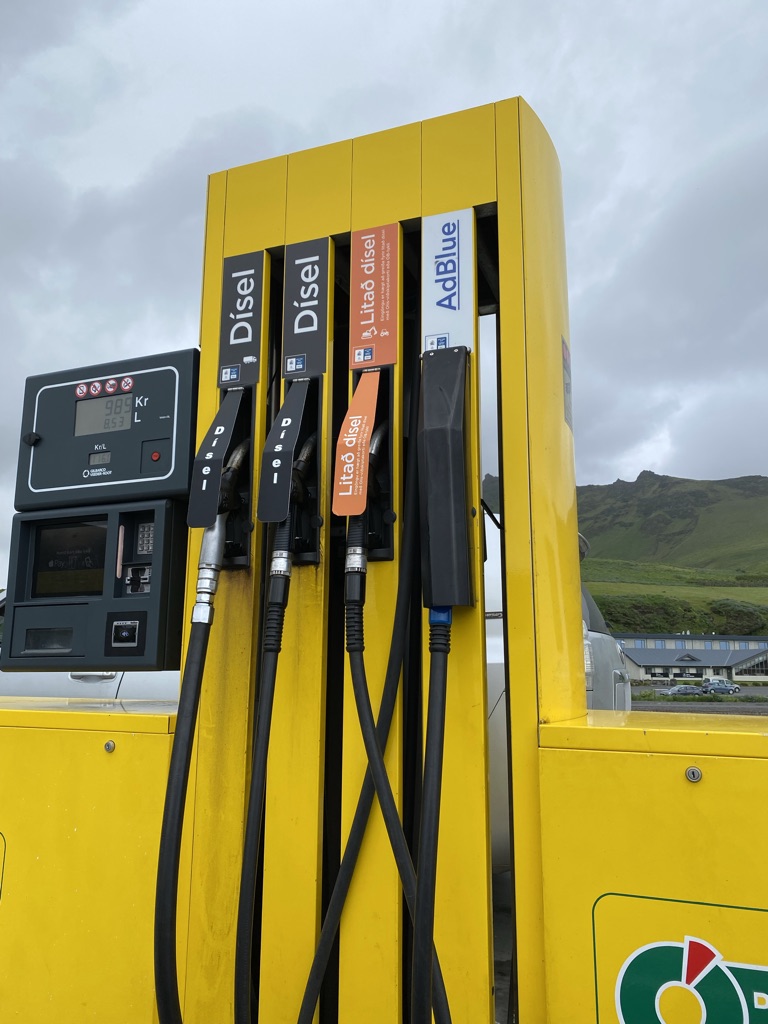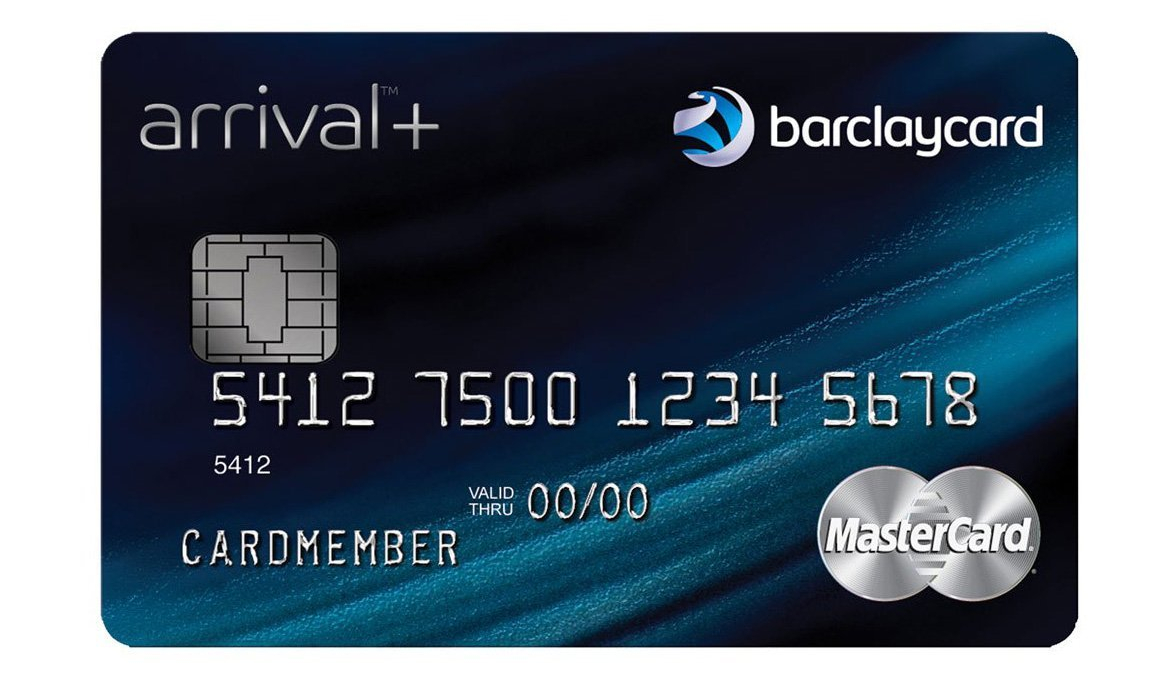Chances are, you have a credit card with an EMV chip in your wallet right now.
In the United States, we like to think we lead the world in most things—but when it comes to credit card security, we were decades behind. EMV (short for Europay, Mastercard, and Visa) chip technology was introduced in the 1990s and widely adopted across Europe in the early 2000s. Instead of reading data from a magnetic strip, EMV chips provide added security by authenticating transactions using encrypted data. It’s much harder to clone a chip than it is to copy a magstripe.
Europe rolled out chip cards in response to increased credit card fraud. As fraud declined there, scammers turned their attention to the least protected market: the U.S. (Lucky us.)
Why the U.S. Finally Got Chip Cards
The turning point came in 2015, when liability rules changed:
- If your bank didn’t issue you a chip card and fraud occurred, the bank was responsible.
- If the merchant didn’t have chip-reading tech, they were on the hook.
- This same liability shift hit gas stations in October 2020.
That finally got U.S. banks and merchants moving—sort of.
So What’s Chip + PIN?
If you use a debit card, you’ve probably encountered chip + PIN: insert your card, enter your PIN, done.
But most U.S. credit cards default to chip + signature—if anything at all. In fact, the signature part has mostly been eliminated, making transactions quicker… but not necessarily more secure.
Why didn’t the U.S. embrace chip + PIN? Here’s a quote from a Krebs on Security interview with Julie Conroy of The Aite Group:
“…we are the most competitive market in the world, and so as you look at the business case for chip-and-signature versus chip-and-PIN, no issuer wants to have the card in the wallet that is the most difficult card to use.”
So instead of asking customers to remember a PIN, banks stuck with easier—if less secure—options.
Why You Might Still Care
I was reminded of the relevance of chip + PIN cards while reading a Facebook travel group. A traveler mentioned their Chase Sapphire Reserve was declined at a European train ticket kiosk. Only their ATM debit card worked.
I knew what happened immediately: the kiosk required a chip + PIN. This isn’t uncommon. Many train stations, gas pumps, toll booths, and other unattended terminals in Europe and beyond may only accept chip + PIN cards. In these situations, having one can make a big difference.
Even top-tier travel cards like the Amex Platinum or Chase Sapphire Reserve often rely on chip + signature, making them incompatible with some overseas kiosks.
When I visited Iceland, I saw this firsthand at the gas pump. My chip + PIN card worked fine—but other American tourists were stumped. I explained they’d need to go inside since their cards wouldn’t work without a PIN.

How to Get a True Chip + PIN Card
Don’t assume your card is chip + PIN just because you were issued a PIN. That PIN might only be used for cash advances at ATMs—which is very different (and often comes with fees and interest).
A few banks do issue cards with true chip + PIN functionality:
- Barclays (e.g., Arrival+, Frontier Airlines Mastercard)
- Bank of America
- Wells Fargo
- US Bank
- Some credit unions
You may also hear that Citi offers chip + PIN on certain cards like the Premier or AAdvantage cards, but details are murky and often unconfirmed.
Frustratingly, there isn’t a reliable, regularly updated list of chip + PIN credit cards. Most online “guides” are outdated or exist mainly to promote credit card applications.
Are Chip + PIN Cards Still Necessary?
Probably not as much as they used to be.
Most of the world has shifted toward contactless payments—including tap-enabled credit cards and mobile wallets like Apple Pay and Google Pay. If you’re traveling in major cities, chances are you can get by with your phone or a tap-enabled card.
That said, contactless doesn’t work everywhere, especially for:
- Train stations in rural areas
- Gas pumps
- Toll roads
- Small businesses in remote locations
- Countries where contactless hasn’t fully taken hold
- In those cases, chip + PIN can still come in handy.
What I Do
I always bring one chip + PIN card when traveling internationally. For me, that’s the Barclays Arrival+. It has no foreign transaction fees and reliably works at unattended kiosks.

Before each trip, I:
- Add my chip + PIN card to my wallet
- Notify the bank of my travel plans
- Double-check my PIN (just in case)
And yes, I’ve even been prompted for my PIN using it in the U.S.—rare, but it happens.
Final Thoughts
There’s no universal way to know whether your card has true chip + PIN functionality until you try—or dig through cardholder agreements and bank reps who may not even understand the difference.
Big banks like Chase and Amex still don’t offer chip + PIN cards, despite marketing their products to international travelers. But several other issuers (and some unlikely ones—like Frontier Airlines!) do.

The Frontier Airlines Mastercard from Barclays Bank has Chip + PIN capabilities.
So take a few minutes before your next international trip to check your wallet. Having a chip + PIN card might save you from a frustrating moment at a ticket machine or gas pump.
Because when you’re staring at a kiosk in a foreign country with no working payment method… you’ll wish you had one.

13 comments
Went to Ireland recently for 2 weeks. All the restaurants and shops used these. Only once were we asked for a pin, and that was at the kiosk for train tickets.
We have had these cards in Canada for well over a decade. I have not signed a credit card transaction anywhere in the world except the US since George W Bush was President.
Recently in Vietnam the restaurant asked if we had cash because the American credit cards are too old to work on any payment system. We explained we were Canadian and they apologized but said they no longer have wireless payment terminals which take old fashioned credit cards and no ATMs nearby do so it’s hard on Americans and they like to warn them.
Of course you’re just getting globally-recognized credit cards about the same rime that the world is moving to fully contactless payment with WeChat Pay, Line Pay, AlliPay and Interac, ApplePay and GooglePay are way behind globally but worthwhile getting as that shiny new credit card won’t be the only game in town in Poughkeepsie for long.
My condolences for being mistaken as american
I don’t have a a Chip+PIN card. When I went to Singapore, Jakarta, and Bali June 2022, I had no problem whatsoever and never once was asked for the PIN.
I just came back from 3 weeks in Europe (Netherlands, Belgium, France, England) and not once did I have a problem – even at train stations! I was expecting to have problems with getting train tickets, but every single train ticket kiosk used contactless payment and never once asked for a PIN (Used Chase Sapphire Reserve). I paid for everything with credit card, even a small $4 purchase. The only time I paid cash was when a taxi driver asked if I could pay him in cash – all other taxi drivers accepted credit cards – even the bus in a small town in France did too!
I think all of this was due to the pandemic where the countries I visited wanted to prevent millions of people from typing in their PIN every single day on the same keypads because they couldn’t realistically have the manpower to post someone at each ticket kiosk to wipe down the key pad after a person typed in their PIN.
USAA cards have had a Chip+PIN capability for years. Back in the day you just had to call to get one.
DB (Germany) ticket machines accepted 0000 as a pin when prompted.
Try getting gas in the US if you are from elsewhere: you are asked for your zip code which, of course, you don’t have.
Oftentimes you’re able to select “skip” or enter 0000. I’ve noticed that adoption of contactless/mobile payments has a high adoption rate and those transactions never get asked for a pin.
Purchasing a ticket/pass on your mobile phone for those systems that permit this does not require a PIN with your American credit card. Used Chase Sapphire Reserve repeatedly for Berlin transit and Vienna transit.
And now if the U.S. could catch up with Europe and never take the card out of your sight.
I was in the US 3-ish years ago. Used a card for ONE transaction only-at a restaurant-and the server walked away with it and came back with a paper receipt for me to sign. 3 months later, £5k+ hit the card-it had been cloned and someone had an epic trip through Mexico. Took me forever to get that cleared up, even though I could pinpoint exactly when and where the theft of the details occurred. Lesson learned.
And the current administration has ensured it will never happen again. You couldn’t pay me to go there these days.
Places I saw it was Iceland gas stations (but many didn’t require PIN so just had to do a little research). On trip to Paris in fall 2023 the taxi driver to the airport would only take a card with a PIN. That was troubling since I had burned all my Euros. Eventually he got the credit card reader to accept one of my cards without a PIN (then I was charged twice and had to dispute one of the charges). I was prepared to leave my daughter at the taxi and go find a currency exchange booth in the airport as my last resort.
As a consequence of this I always have my Visa debit card as a back up. Yes it isn’t protected form fraud like credit cards and I would have to pay the foreign exchange fee but it absolutely will work with a PIN and you never know when you may encounter a situation you need a card with a PIN.
For those that say they never need one I have traveled extensively 40 or so countries and hit 5 continents. I rarely have a problem but the taxi driver to the airport in Paris (and his English as worse than my French) gave me religion to always have a back up card with a PIN just in case.
I also use Barclays and the few times I needed real chip and pin it came in handy (train stations in EU, ATM’s at 7-11 in Japan, for example.)
FYI, you can advise them of international travel via the app on your phone.